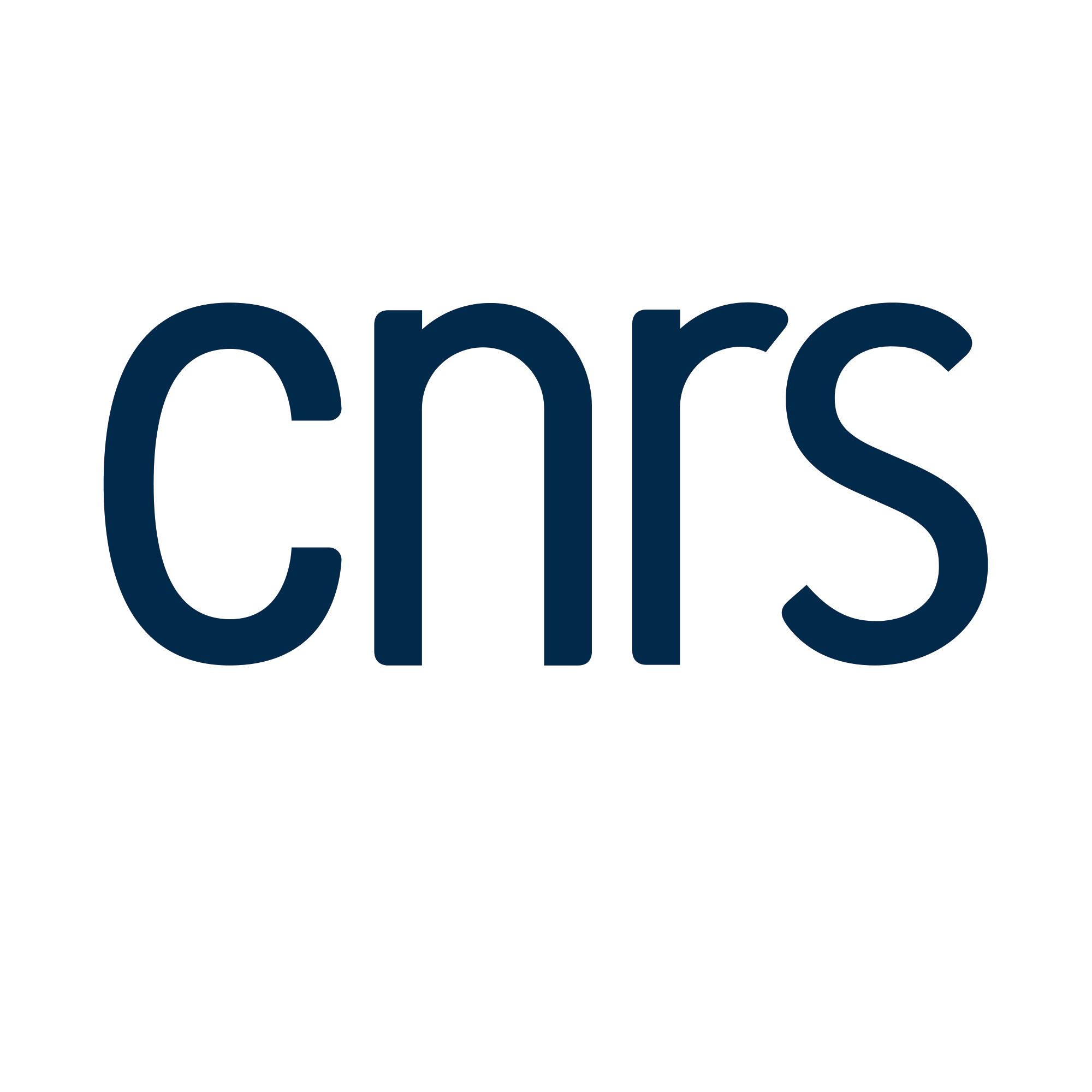In 1989 -- 1991 Kolyvagin proved finiteness of Tate -- Shafarevich group of elliptic curves $E$ over $Bbb Q$ of analytic rank 0 and 1 which are quotients
of modular curves $X_0(N)$. There is a natural problem to extend this result to the case when an analog of $X_0(N)$ is any Shimura variety $X$, and an analog of $E$ is a quotient motive of some $H^i(X)$.
The purpose of the present series of lectures is to consider some particular steps of this general problem. No preliminary knowledge of the original Kolyvagin's proof is necessary, a survey of the proof will be given. The whole subject contains a lot of open problems, some cases are not treated completely yet. These reseach problems will be stated explicitly. Since the technique of solution of these problems in some cases is reduced to elementary matrix calculations, the subject can be
interesting for young researchers.
Trace relations describe the image of the action of a Hecke correspondence $T_p$ on a subvariety $V$ of a Shimura variety $X$. We find irreducible components of $T_p(V)$
and Galois action on them. Firstly, we give an answer in terms of reductive groups $G_X$, $G_V$ defining $X$, $V$ respectively. It is not clear beforehand thatthe original formulas are suitable for calculations.
We consider the case when $X$ is a Siegel variety of any genus $g$ and $V$ its subvariety parametrizing abelian $g$-folds with multiplication by an imaginary
quadratic field, i.e. we have $G_X=GSp_{2g}$ and $G_V=GU(r,s)$, $r+s=g$.
Further, we show how to apply the general formulas to this situation. The results have a simple geometric interpretation in terms of geometry of some Grassmann
variety over $Bbb F_p$. Practically, we define some partitions on these varieties.
ATTENTION: horaire exceptionnel.

